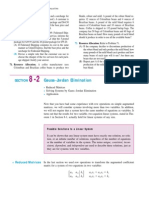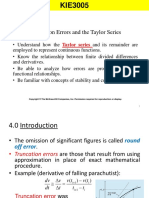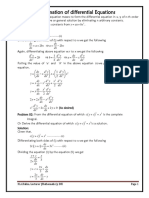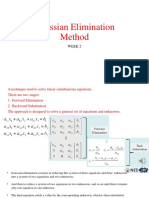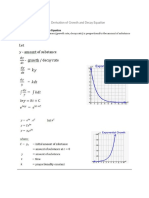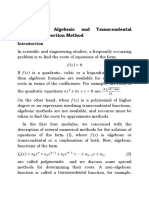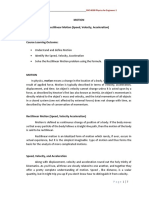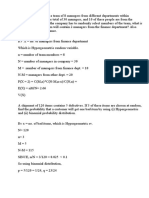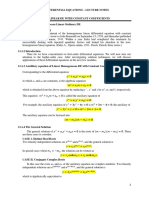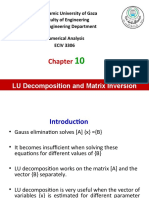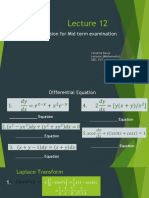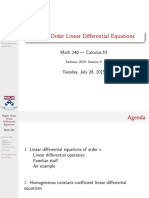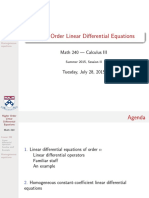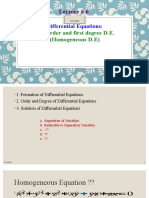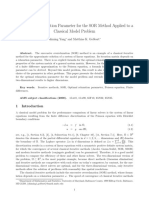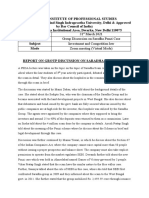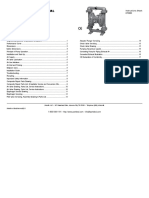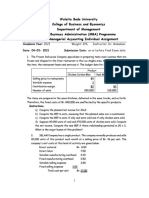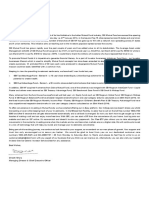0% found this document useful (0 votes)
864 views63 pagesNumerical Methods: System of Linear Equations
The document outlines lecture 3 on numerical methods for solving systems of linear equations. It discusses Gaussian elimination which uses elementary row operations to transform the coefficient matrix into an upper triangular matrix. Partial pivoting is introduced to improve numerical stability by selecting the pivot element with the largest absolute value. Complete pivoting searches for the maximum element but with increased computational cost and only minor improvement in stability.
Uploaded by
Sadek AhmedCopyright
© © All Rights Reserved
We take content rights seriously. If you suspect this is your content, claim it here.
Available Formats
Download as PDF, TXT or read online on Scribd
0% found this document useful (0 votes)
864 views63 pagesNumerical Methods: System of Linear Equations
The document outlines lecture 3 on numerical methods for solving systems of linear equations. It discusses Gaussian elimination which uses elementary row operations to transform the coefficient matrix into an upper triangular matrix. Partial pivoting is introduced to improve numerical stability by selecting the pivot element with the largest absolute value. Complete pivoting searches for the maximum element but with increased computational cost and only minor improvement in stability.
Uploaded by
Sadek AhmedCopyright
© © All Rights Reserved
We take content rights seriously. If you suspect this is your content, claim it here.
Available Formats
Download as PDF, TXT or read online on Scribd
/ 63

